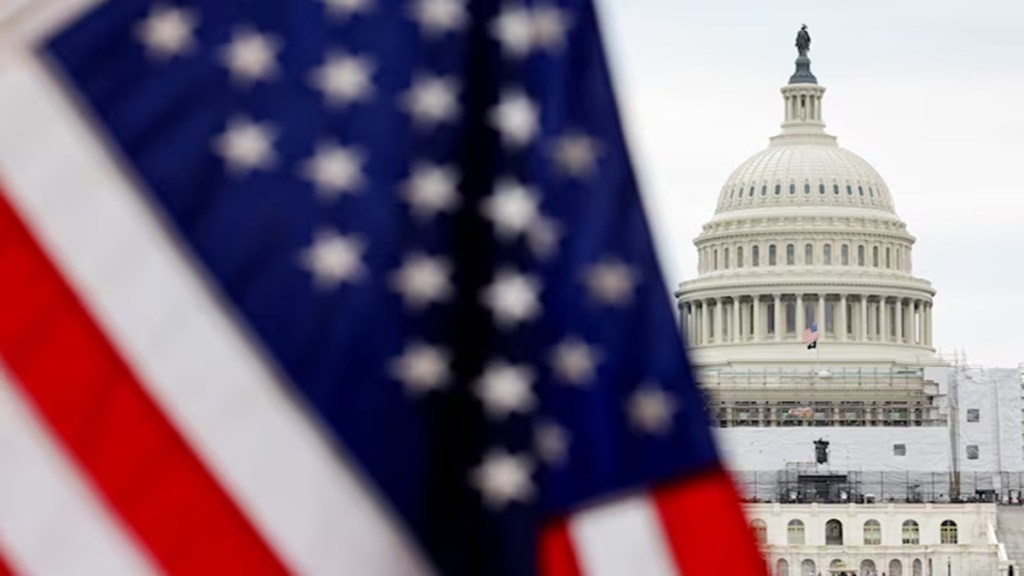The H-1B visa program may undergo significant changes in the way it allows US companies to hire foreign workers.
In its most recent regulatory agenda, the Department of Homeland Security stated that it intends to present a proposal in August to fix the allotment of H-1B specialized occupation visas on wage based levels for available positions, reports Bloomberg Law.
The wage based H-1B selection process could soon see the light of the day. The US Department of Homeland Security and USCIS had proposed a new rule, the ‘Weighted Selection Process for Registrants and Petitioners Seeking To File Cap-Subject H-1B Petitions,’ which has been accepted by the White House and is expected to include wage levels, education qualifications, or merit-based factors.
The Department of Homeland Security is also expected to revisit eligibility rules for cap-exempt H-1B specialty occupation visas, employment-based green cards, and temporary work visas for religious workers.
The wage based H-1B selection process aims to combat the misuse of the program for filling lower-paying, less skilled positions, a significant issue among Americans.
H-1B Visas on Wage-Levels
The New wage based H-1B selection process intends to implement a salary-based allocation procedure and choose H-1B candidates based on their earnings; the higher the wages paid by the US firm, the better the chances of acquiring an H-1B visa. Foreign workers who will be offered lower salaries could be the immediate casualty of this new rule.
The US Department of Labor employs a four-level wage system for H-1B positions, based on the worker’s experience and job requirements.
H-1B Annual Cap
Congress sets an annual cap of 65,000 for H-1B visas, with an additional 20,000 for those with a U.S. master’s degree or higher, totalling 85,000 for each financial year. USCIS could rank H-1B visa applications based on wage, prioritizing the highest-paid applicants until the annual cap is filled. The wage-based system could be introduced for the Fiscal Year 2027 H-1B filing season starting in March 2026, if approved and implemented in the coming months.

